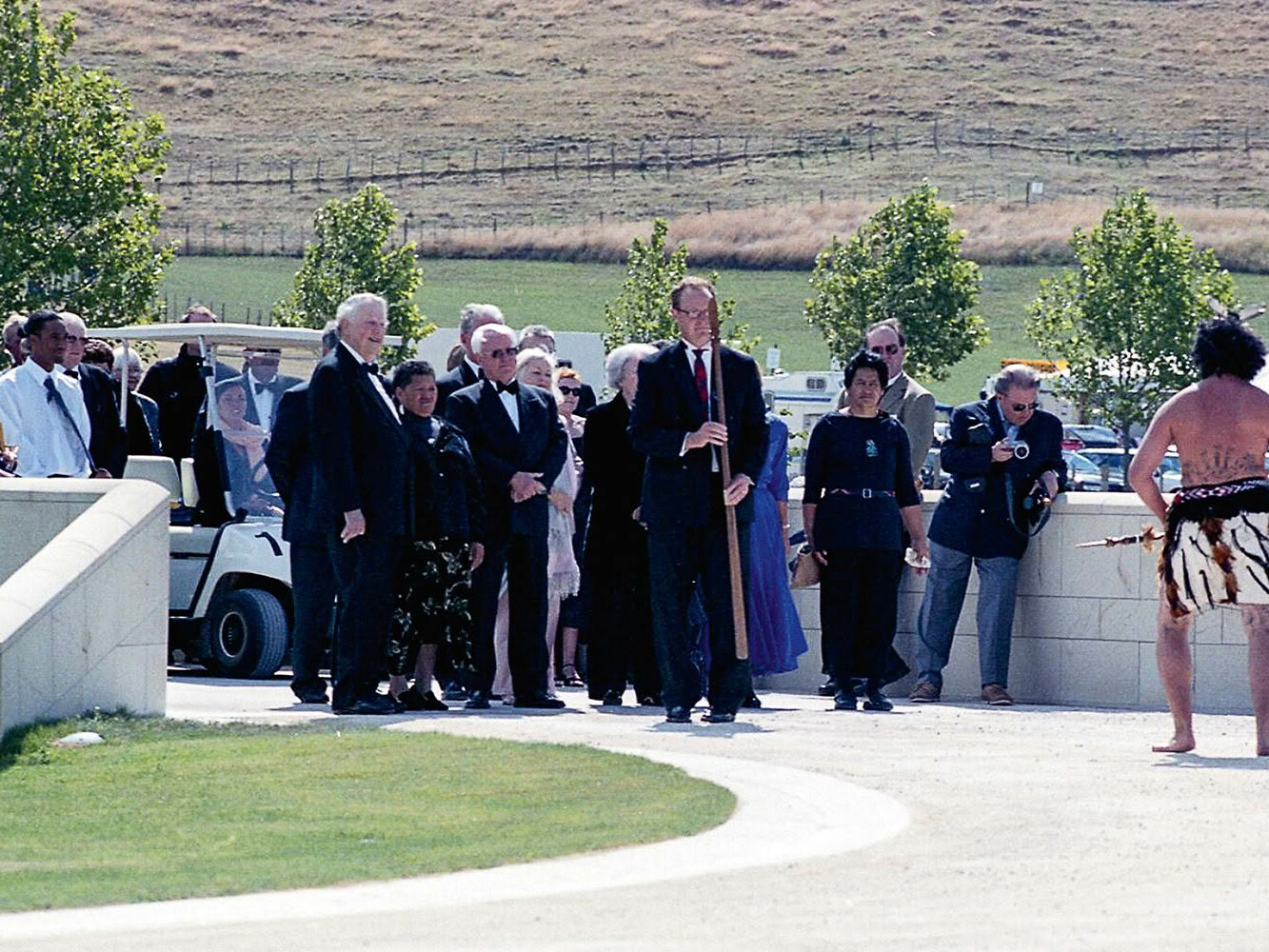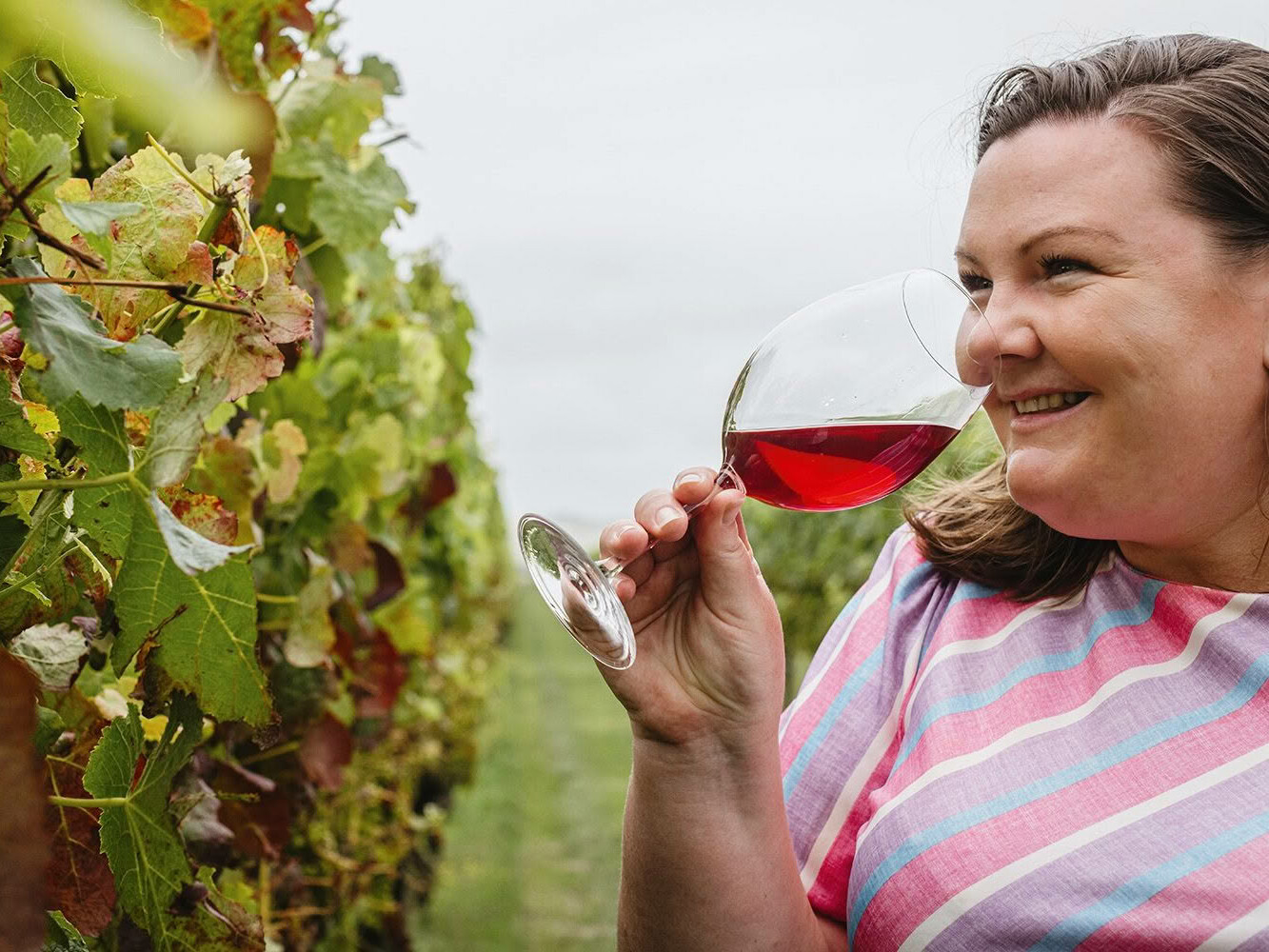Always in pursuit of great wines of the world, Mark Godden sniffs out the role of bouquet in our wine- tasting experience.
We each have our own smell memory bank – mostly built up before the age of 10 – tucked away in the part of the brain that also stores our emotional memories. So how one glass of wine smells to you, may smell different to me.
Each type of grape imparts its own attributes from the skins and pulp. When those grape berries are pressed into grape juice, known as must, chemical reactions occur with the yeasts and alcoholic fermentation begins. This is when the smells in the young wine begin, referred to as the aroma.
If wine is barrel-aged, more flavours are imparted into the wine, such as toasty oak, along with the oak’s tannins, which add structure to the wine. Bottle- ageing causes evolution in the wine’s flavours, making more complex aromas and hence more sensory stimulation. Now the word bouquet is often applied.
Wine experts are able to make detailed tasting notes because they have built up aroma and flavour memories over many years, from tasting a wide variety of wines and marrying these with factors such as knowledge of the individual vineyard sites and weather conditions of that growing season. Why was the Valli Gibbston Vineyard 2010 Pinot Noir almost a mirror of the 2016 wine? Grape-grower, winemaker or place?
Smelling the wine is important as it shapes your thoughts of what that wine is. When taking that first smell, swirl the glass to release the volatile aromas up into your nose, inhale deeply until your chest expands, hold it for a few moments. The brain will rush back a message about the smell, however repeated sniffing is not overly helpful as the senses will be the strongest on that first smell.
Reading wine reviews is helpful to learn more ways to describe different types of wine. A wine described as ‘fruit forward’ generally means it is instantly appealing, fruity and fresh, and tending to have fewer tannins, but not always. Pinot noir is a wonderful grape that has naturally fine, silky tannins, making them enjoyable on release. ‘Forest floor’ or ‘mushrooms’ are often great descriptors for pinot noir, while ‘cigar box’ and ‘pencil shavings’ could refer to an aged Bordeaux-style red wine. Descriptors can get quite interesting: ‘meat broth’, ‘tobacco’, ‘iron-ore’, ‘iodine’ and ‘talcum powder’ give you some to ponder. ‘Barnyard’ is not a descriptor that often excites.
Country, region and subregion brings in differences of weather and soil types. Burgundy is known for summer clouds and hail storms in its tiny stretch of 65 kilometres and, over hundreds of years, Burgundians have built their knowledge of tiny, fragmented vineyard plots, different soil types, the angle the land lies to the sun – all of which leave their imprint on the wines. Bottle-aged pinot noirs from Vosne-Romanée such as Domaine de la Romanée- Conti’s La Tâche can leave haunting scents of red cherries, violets and truffles in the air for hours.
The Spanish have a wonderful phrase, ‘sobre mesa’, which means ‘above the table’, that moment after lunch when it’s time to chew the fat about life with friends and family. This is the best moment to try and work out why a Burgundy tastes different to a New Zealand pinot noir, and why one grenache seems like it has been grown on a mountain of granite in Madrid and the other on the Barossa Valley floor. In the end, the art and skill of the winemaker turns the berries into liquids, capturing the essence of their place. The perfume of the 1998 Martinborough Vineyards Reserve Pinot Noir lingers in my mind long since it passed my nose and lips. Instagram @godmarks






